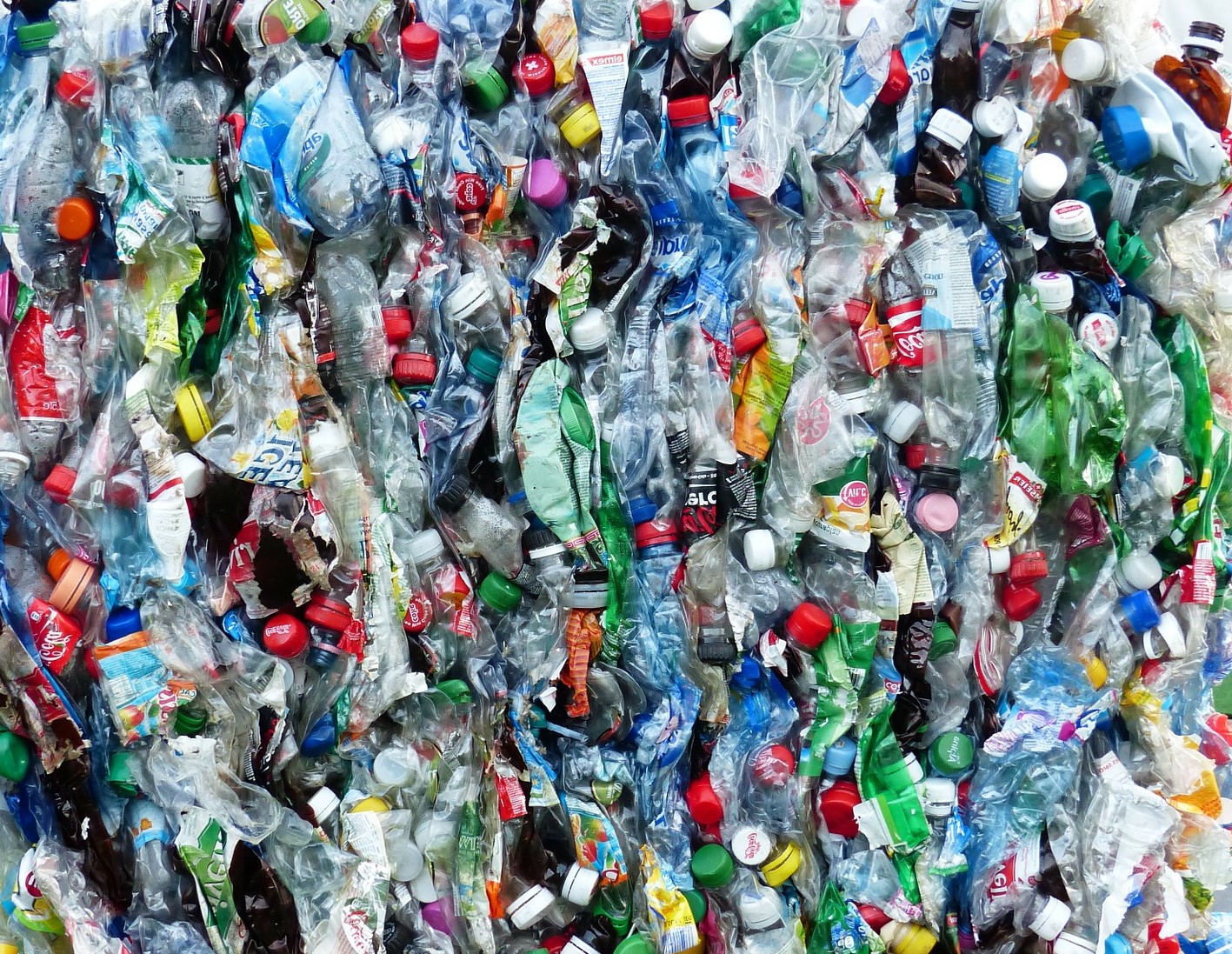Mixed plastics are difficult to recycle, but a new process can make it easier
Few materials are more difficult to recycle than post-consumer mixed plastics. A new process, however, has broken down these mixtures into smaller, more useful chemical ingredients in just two steps.
As reported in a report published in the journal Science on October 13, although there are chemical methods to cut their long polymer chains, these techniques have been difficult to implement at scale, in part because recycling must deal with mixed plastics.
To address this problem, a team led by Gregg Beckham, a chemical engineer at the US National Renewable Energy Laboratory (NREL) in Golden, Colorado, has developed a two-step process that uses chemistry and then biology to break down mixtures of the most common mixed plastics in recycling plants: High Density Polyethylene (HDPE), Polystyrene and Polyethylene Terephthalate (PET), a strong and lightweight plastic used to make beverage bottles.
“Only a few papers have reported chemical recycling of mixed plastics before,” said Ning Yan, a chemist at the National University of Singapore and one of the few researchers to have developed a system capable of that. “The combination of chemical and biological pathways to convert the plastic mix is even rarer.”
A two-step process
The team first used a catalyzed oxygenation reaction, with a cobalt- or manganese-based catalyst, to break down the tough polymer chains into oxygen-containing organic acid molecules.
Notably, the process was inspired by a 2003 study led by Walter Partenheimer, a chemist at DuPont Chemical Company in Wilmington, Delaware, who used it to break down individual plastics into chemicals like benzoic acid and acetone.
But Beckham wanted to turn organic acid molecules into something easier to market. To do that, the team turned to microbes, specifically the bacterium Pseudomonas putida, which can be engineered to use different small organic molecules as a carbon source.
“It’s a pretty interesting organism,” says Beckham. The team designed the microorganisms to consume the oxygenated organic molecules that the researchers made from the different plastics using their “autoxidation” reaction: dicarboxylic acids from polyethylene, tephthalic acid from PET, and benzoic acid from polystyrene.
The bacteria produced two chemical ingredients that are used to make high-quality and performance-enhanced polymers or biopolymers. “Biology can take multiple carbon sources and funnel them into a single product, in this case a molecule that can be used to make a highly biodegradable polymer,” said Susannah Scott, a chemist at the University of California, Santa Barbara.
The researchers developed their process using a mixture of pure polymer granules, but also tested it on mixed plastics found in everyday products. “We buy HDPE in the form of milk containers, PET from the vending machine outside my office in single-use beverage bottles. And then Styrofoam or Styrofoam cups,” Beckham said.

